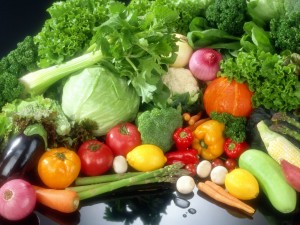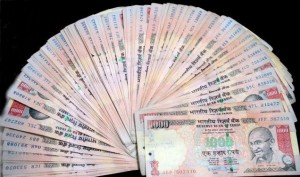95.081 BCM is the water storage in 85 of the most important water reservoirs of India as on 18 December 2014. This is 61% of the capacity of the reservoirs. This water storage is 84% of the storage in the corresponding period in 2013 but close to 98% of average water storage in the last decade. The present level of water stored in these reservoirs is much less than water stored last year and also less than average water stored in these reservoirs over a period of last 10 years. Monitoring of water status in these reservoirs is carried out live by the Central Water Commission every week. 37 of these 85 reservoirs are filled using hydropower electricity utilizing 60MW capacity. 155.046 BCM is the total storage capacity of these reservoirs which is much less of 253.388BCM storage capacity that was planned to have been in place by now.
Condition of water storage according to regions
Northern region
This region comprises states like Rajasthan, Punjab, and Himachal Pradesh. 6 reservoirs of Northern region have a combined storage capacity totaling 18.01BCM. Out of this capacity, water storage in these 6 reservoirs today is 9.82BCM. This means that only 55% of their capacity is getting utilized at present. Last year this storage was 69% of the capacity while the average storage in the last 10 years was 60%. This means that water condition this year is not only less than storage last year but also less than average storage in the last 10 years.
Eastern region
West Bengal, Orissa, Tripura, and Jharkhand are the states making up the Eastern region. 18.83BCM is the total storage capacity of the 15 reservoirs located n the region. However, the present storage is only 76% of the capacity and amounts to 14.25BCM. This storage is much less than 89% that was recorded last year in the corresponding period. The average storage of these water reservoirs in the last 10 years was 71%. Thus, though water storage this year is less than last year, it is better than the average water storage in the last 10 years.
Western region
Maharashtra and Gujarat are states making up the western region. 22.54BCM is the storage capacity of 22 reservoirs situated in this region. But the status of water storage in this region is 15.02 BCM which means only 61% of the capacity is utilized. It was much better last year in terms of water storage (78%) while the average storage during the last 10 years has been 70%. This means that water storage status this year is not only much less than storage last year but also less than the average of the last 10 years.
Central region
This region is made up of states like UP, Uttarakhand, Chhattisgarh, and Madhya Pradesh. This region contains 12 reservoirs having combined capacity of 42.30 BCM. The present water storage is 70% of the capacity and amounts to 29.75BCM. This water storage was 78% in the same period last year and the average storage in the last 10 years was 51% of the capacity. This means that present water storage condition is less than water storage last year but much higher than the average water storage n the last 10 years.
Southern region
Tamil Nadu, Kerala, Karnataka, and Andhra Pradesh are the states making up the southern region. The total storage capacity of this region is 51.37 BCM through 30 reservoirs located here. The present water storage condition is 26.25BCM that is only 51% of the capacity. The storage last year in the corresponding period was 61% while average storage in the last 10 years in this region was 66% of the capacity. Water storage status this year s thus less than storage last year and also less than average water storage in the last 10 years.
If one takes a look state wise, it becomes clear that states performing better than last year are Tamil Nadu, Kerala, and Karnataka. On the other hand, states performing poor this year are Rajasthan, Punjab, Odisha, Jharkhand, Gujarat, West Bengal, Tripura, UP, Maharashtra, MP, Uttarakhand, AP, and Chattisgarh.
About Sanjay Tandon
Sanjay Tandon is a graduate engineer from IIT Varanasi. He has been writing as a freelancer for many years. He loves to write on various niches. He is passionate about politics and economy and spends his free time watching news channels. He is also an expert on relationships.




















